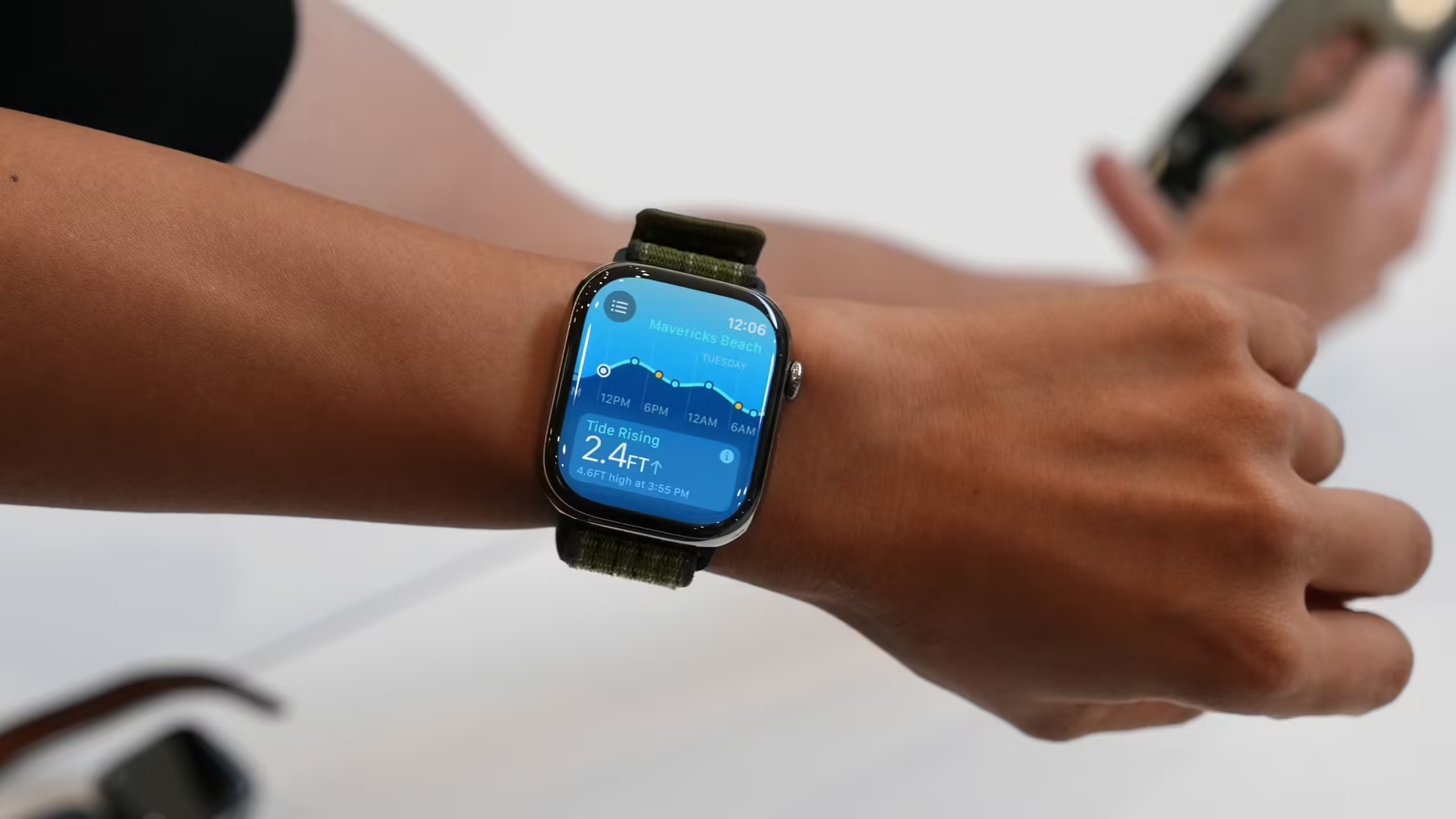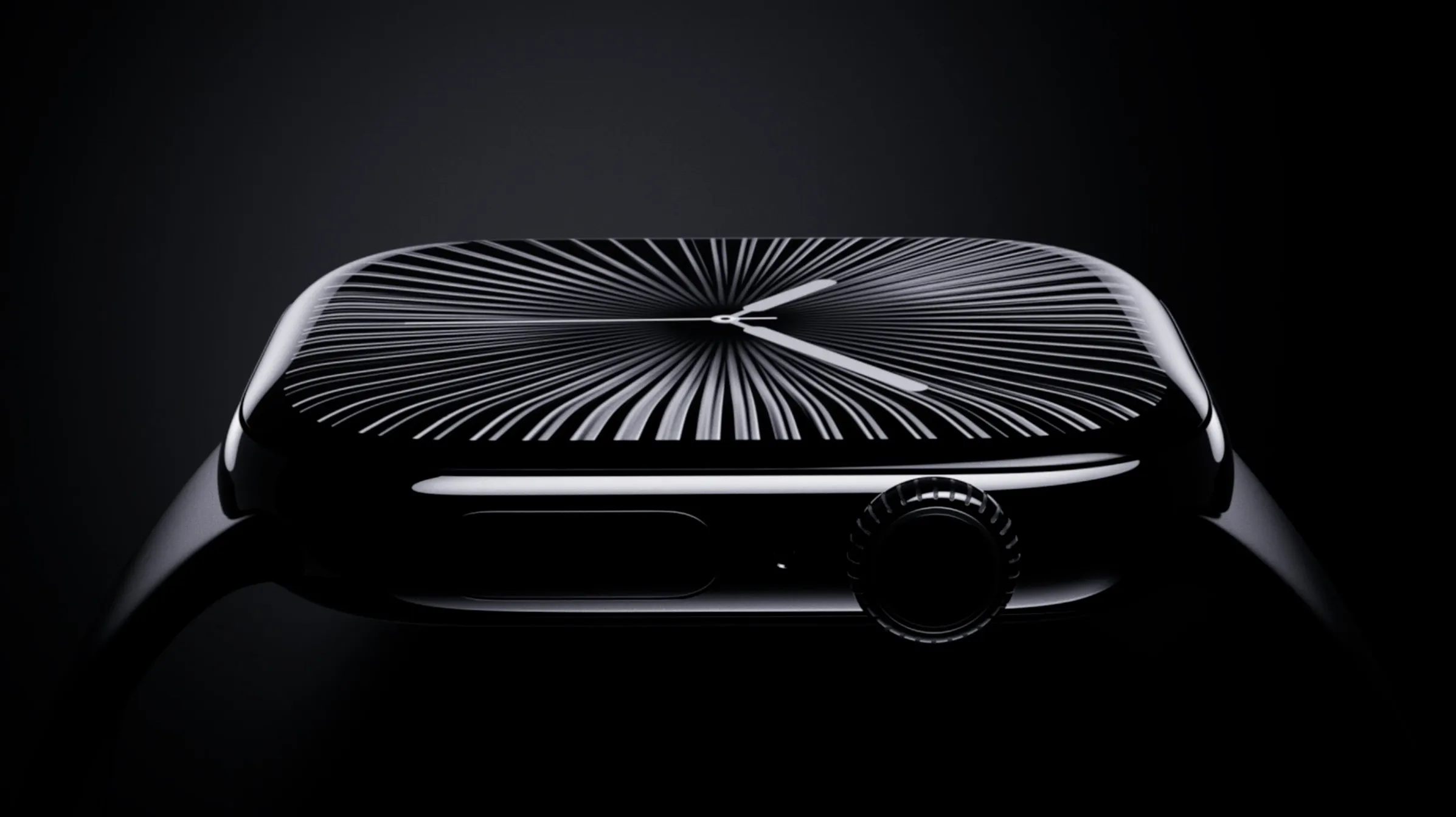The display of the Apple Watch Series 10 introduces several subtle yet meaningful improvements over the Series 9, focusing on size, brightness, and efficiency.
Both the Series 9 and Series 10 use LTPO (low-temperature polycrystalline oxide) technology, which allows for the dynamic refresh rate and the always-on display. However, the Series 10 includes a new wide-angle OLED technology, optimizing pixel brightness at wider viewing angles. This results in up to 40% increased brightness when viewed from an angle, which is particularly noticeable in situations where you glance at your wrist rather than looking directly at the watch.

In terms of size, the Series 10 features a larger display with case sizes of 42mm and 46mm, offering 9% more screen real estate compared to the Series 9 (which comes in 41mm and 45mm). This slight increase in display size allows for more visible content on the screen without increasing overall bulk.
Despite the larger screen, some users may feel that the display borders on the Series 10 appear thicker. This is largely an optical illusion due to the more rounded corners and refined design of the Series 10, which gives a sleeker and more integrated look. In reality, the bezel size hasn’t significantly increased, but the curvature of the display edges may give the appearance of thicker borders.

The Series 10 also improves efficiency, allowing the display to refresh once per second (compared to once per minute on the Series 9). This change ensures that you can see a live second hand on your watch face without needing to raise your wrist to activate the screen.
Overall, the Apple Watch Series 10’s display enhancements offer better readability, efficiency, and a slightly larger, more immersive experience than the Series 9, making it a worthy upgrade for anyone coming from a Series 6 or earlier.